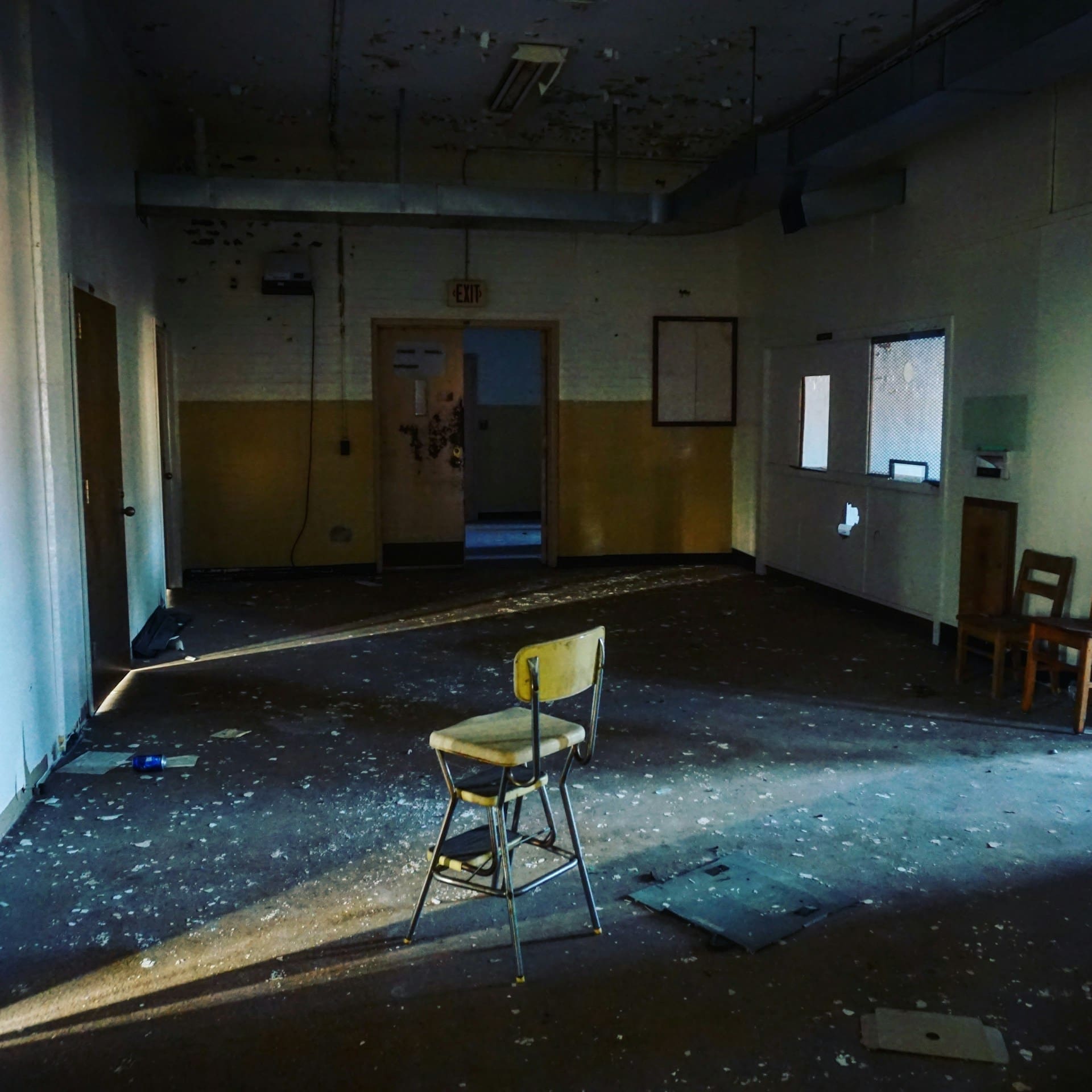As an apartment building owner, it is your responsibility to ensure the safety of your tenants in the event of an earthquake. Earthquakes are unpredictable and can cause significant damage to buildings and surrounding areas. However, there are steps you can take to protect your apartment building and minimize the risk of damage. Here are some tips and tricks to keep your apartment building safe during an earthquake.
Conduct a Seismic Evaluation
The first step in protecting your apartment building from earthquakes is to conduct a seismic evaluation. A seismic evaluation is an assessment of a building’s ability to withstand earthquake forces. A licensed engineer or architect can perform a seismic evaluation and provide recommendations for strengthening the building’s structural integrity. The evaluation will identify potential weaknesses in the building’s structure, such as unreinforced masonry walls, inadequate foundation anchorage, or insufficient lateral bracing. Based on the findings, the engineer or architect will provide recommendations for strengthening the building’s structure to withstand earthquake forces.
Strengthen the Building’s Foundation
One of the most critical components of a building’s structural integrity is its foundation. If the foundation is weak or inadequate, the building is more susceptible to earthquake damage. Strengthening the foundation can help reduce the risk of damage during an earthquake. Some ways to strengthen the foundation are:
- Adding steel reinforcement to the foundation
- Replacing the foundation with a stronger material, such as reinforced concrete
- Adding base isolation systems to the foundation
Reinforce Walls and Roofs
Walls and roofs are also vulnerable to earthquake damage. Unreinforced masonry walls and lightweight roofs are especially susceptible to collapse during an earthquake. Reinforcing walls and roofs can help prevent collapse and reduce the risk of injury or death. Some ways to reinforce walls and roofs include:
- Adding shear walls or cross-bracing to the building’s structure
- Installing roof-to-wall connections
- Replacing lightweight roofs with heavier materials, such as reinforced concrete or metal
Secure Loose Items
During an earthquake, loose items can become dangerous projectiles that can cause injury or damage. Securing loose items, such as furniture, appliances, and decorations, can help prevent them from becoming hazards during an earthquake. Some ways to secure loose items can be:
- Bolting furniture to the floor or wall
- Installing latches on cabinets and drawers
- Securing appliances with straps or brackets
- Hanging decorations with earthquake-resistant hooks
Educate Tenants
Finally, it is essential to educate your tenants on earthquake safety and preparedness. Providing information on what to do before, during, and after an earthquake can help reduce the risk of injury or death. Some tips to share with tenants include:
- Identifying safe places to take cover during an earthquake, such as under a sturdy table or desk
- Creating an emergency kit with food, water, and other supplies
- Developing an emergency communication plan with family and friends
- Practicing earthquake drills regularly
By following these tips and tricks, you can help protect your apartment building from earthquakes and keep your tenants safe. Remember, earthquake safety is everyone’s responsibility, and taking the necessary precautions can make all the difference during a seismic event.
Conclusion
Protecting your apartment building from earthquakes requires a proactive approach. Conducting a seismic evaluation, strengthening the foundation, reinforcing walls and roofs, securing loose items, and educating tenants are all crucial steps in earthquake preparedness. By taking these precautions, you can minimize the risk of damage and ensure the safety of your tenants. Remember, earthquake safety is not a one-time event but an ongoing process. Stay vigilant and be prepared for the unexpected. If an earthquake strikes, be sure to contact Upper Restoration immediately to see what repairs need to be made.




